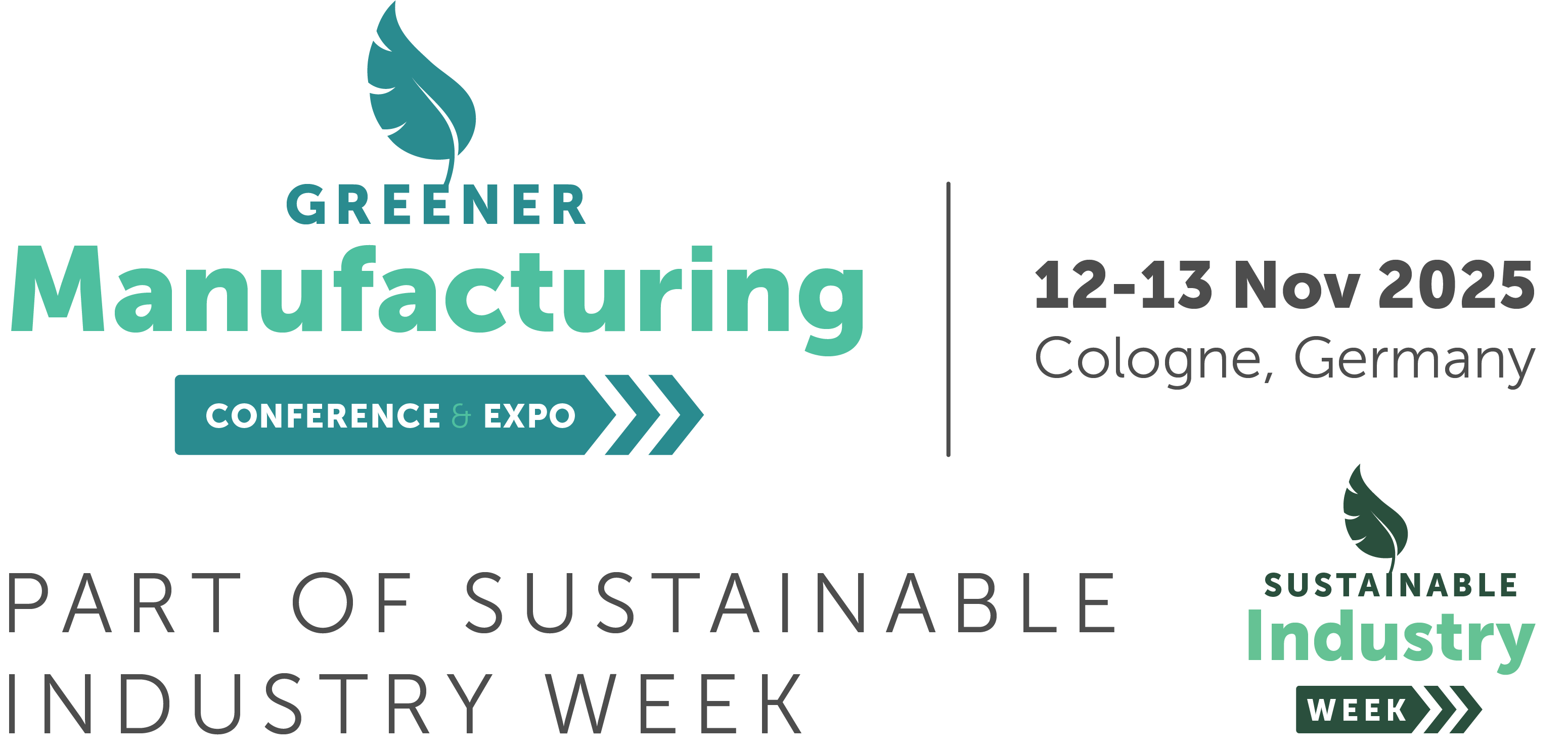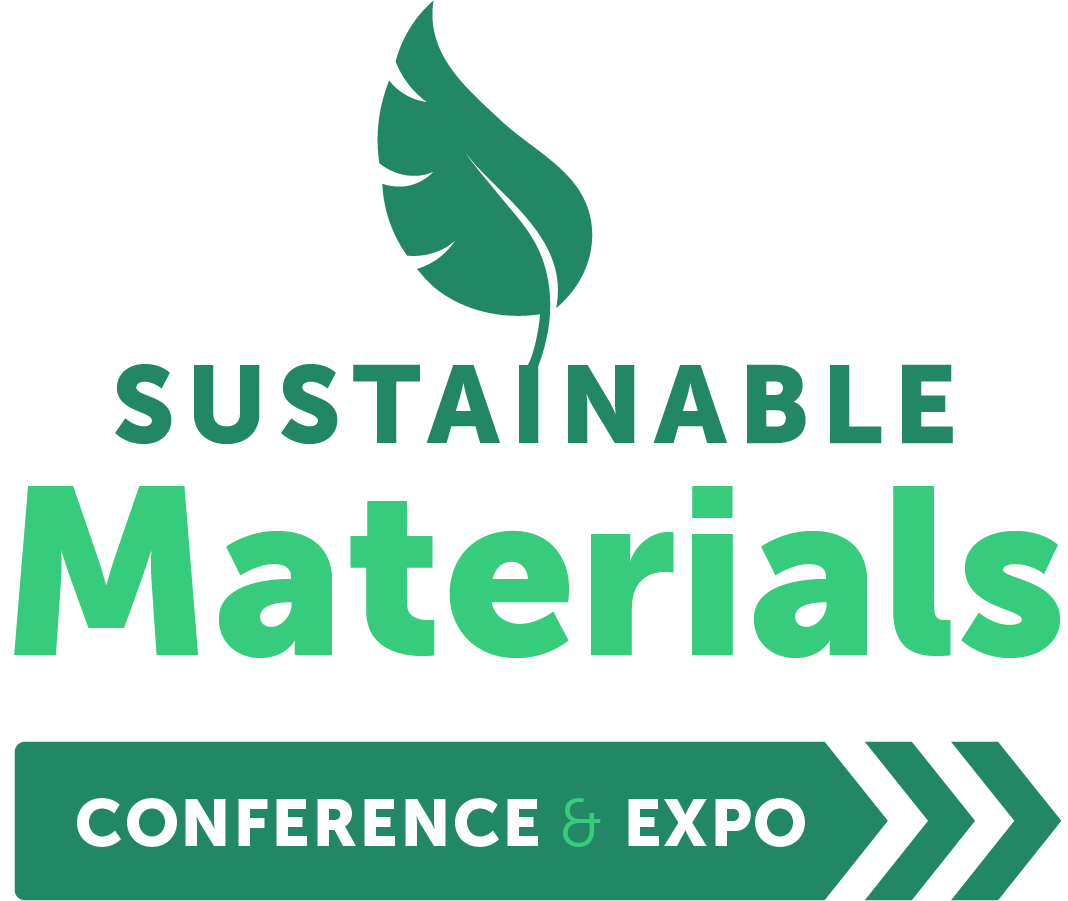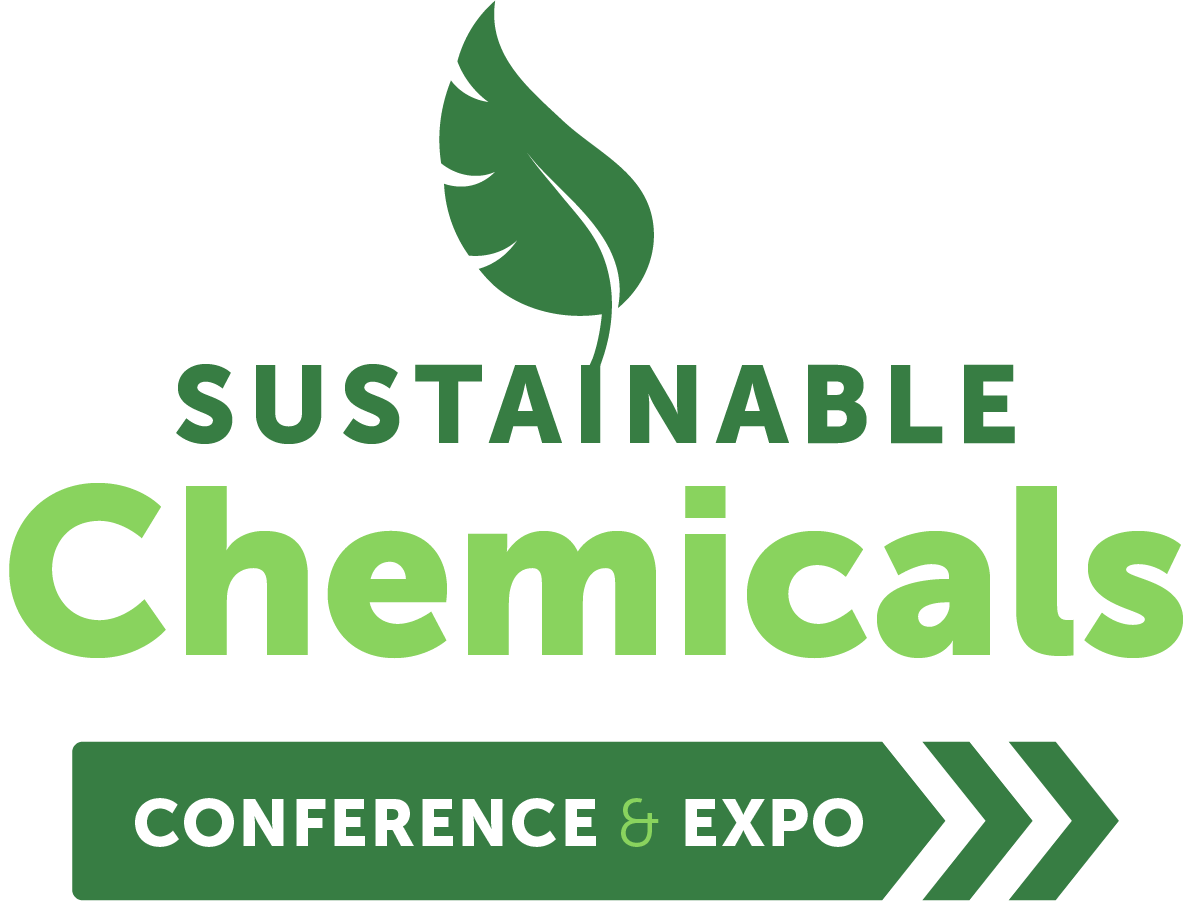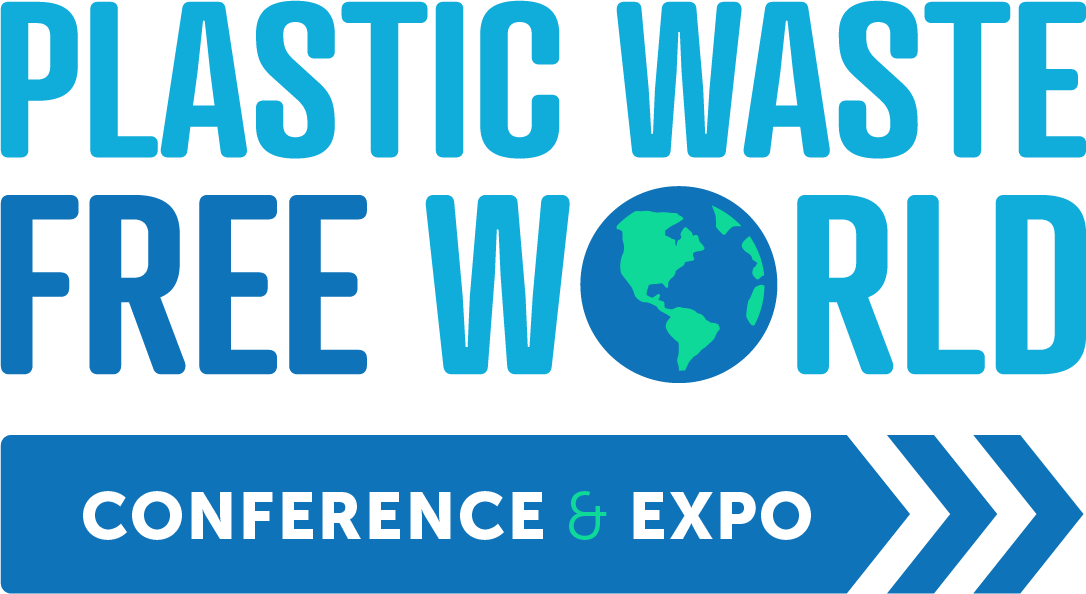NREL and The North Face have created a partnership to create PHA textiles that are chemically recyclable
)
A team of Scientists from a US national Research Lab, National Renewable Energy Laboratory (NREL) have successfully developed a range of PHAs. These PHAs act like normal polyester, however they are fully biobased, biodegradable and are much easier to recycle in comparison to actual polyester.
Polyhydroxyalkanoates (PHAs) are a family of biopolyesters that are naturally produced in nature from a variety of microorganisms. They can be synthesised directly through fermentation of a carbon substrate, which could vary from sugar and lipids, or be something such as sewage, or coffee grounds or methanol. This occurs inside microorganisms and it is stored in the form of water insoluble granules, as energy and carbon reserves inside the cell. From here, PHAs are synthesised by microbes in conditions that are nutrient deficient, then a solvent is used to separate the PHA from the microbe and once the solvent is removed, the PHA is harvested, washed, dried and pelletised with the use of an extruder.
It is the properties of these materials that brought them to NREL’s attention, as they come from renewable sources, they are fully biodegradable, both in soil and in water and they come with many other benefits. These include being compostable, biocompatible, thermoplastic or elastomeric, plus they are very highly ‘tuneable.’ This ability means they can be specifically engineered so that they are able to act in certain ways and meet the performance requirements that are necessary for a variety of purposes. A lot of these purposes are currently using fossil fuel-based PE, PP, PS, PET, PVC or TPU and therefore, being able to exchange these materials for more environmentally friendly ones will lead to benefits for the companies and for the environment.
So far, the team at NREL have been able to develop a portfolio of PHAs that all have different properties and are suited to a variety of applications. There is a lot of history around the development of innovative PHAs and there have been lots of companies who have tried different ways to manufacture them. Some companies such as the BOTTLE team have had success in creating PHA prototypes that have a broad range of properties, but it was only recently that the idea that PHAs could be used to make textiles became feasible.
Since discovering that manufacturing textiles out of PHAs is possible, work has been put into the further development of this material. Currently, NREL are working on a recyclability design for their PHAs portfolio. During BOTTLE’s research that involved their depolymerisation technology, the company discovered the ability to deconstruct PHAs and other polymers back into building blocks which were pure enough to reuse for the purpose of making plastics. This highlights PHAs ability to be recycled and provided NREL with an excellent base for the continuation of their project.
Now NREL is facing the next stage of their project, which involve an agreement and collaboration with The North Face, an outdoor apparel brand. Together, the team will look at the textile sustainability credential of PHA in comparison to conventional polyester. They will then proceed to study the carbon intensity that will be generated through creating and recycling PHA fibres. They will also test microfibre shedding and will measure PHA’s rate of biodegradation whilst subjecting the material to a range of environmental scenarios.
NREL polymer scientist, Katrina Knauer, commented, “We’re actually showing we can control the microstructure to get PHA to behave like polyester fibres and textiles.”
A BOTTLE researcher based at Colorado State University (CSU), Ravikumar Gowda, spoke about how the material’s ‘recyclability hinges on specific changes to PHA’s chemical backbone. By replacing reactive hydrogen atoms with robust alkyl groups, Gowda and other CSU researchers significantly enhanced the thermal stability of PHA to make it melt processable — a key advantage over PHAs derived from microbes. The change also enables the team to depolymerise the polymers.’
He continued, “Our redesigned PHA structure substantially increases mechanical toughness and renders the new PHA chemically recyclable to its building-block monomer with a simple catalyst and heat,” he said. “The recovered monomer can be reused to reproduce the same PHA again, in principle, infinitely.”





